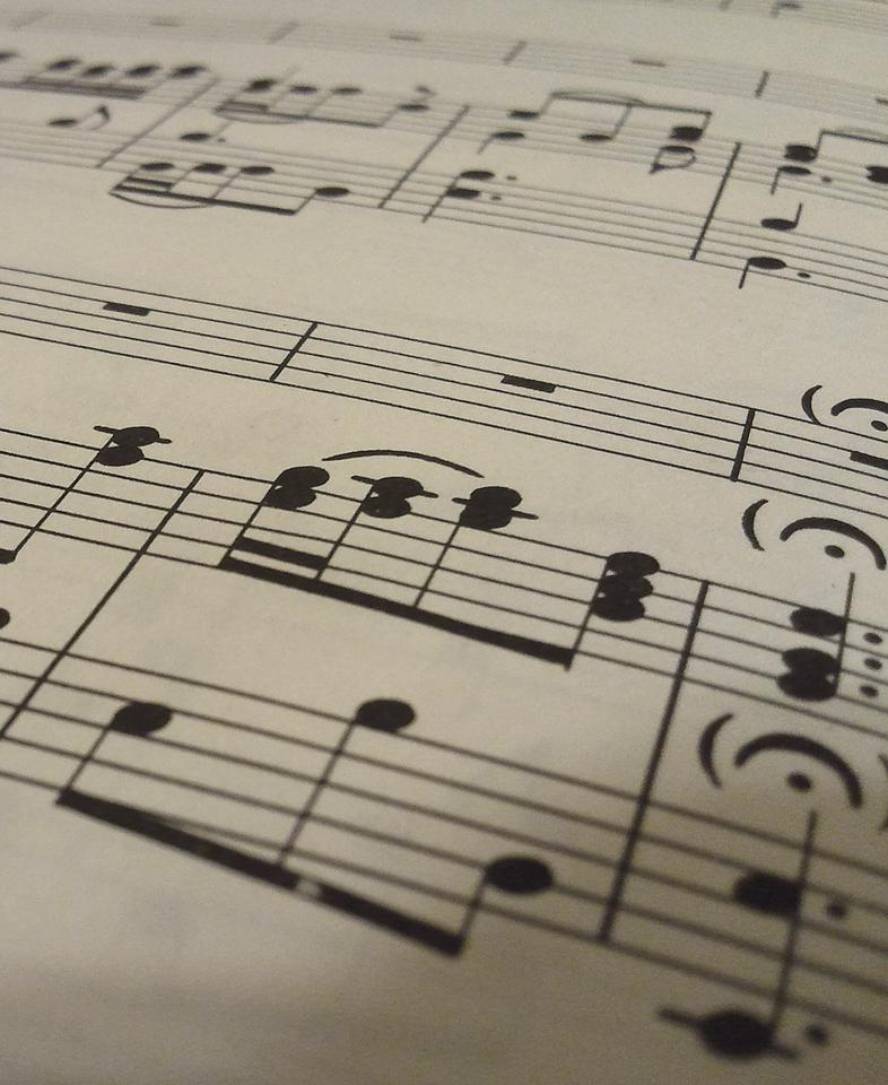The sweet of music is in the activation of neurons
Some biophysicists at the University of Palermo have studied how music receives the nervous system of the ear and have seen that the difference between consonant chords --pleasantly - and dissonant --unpleasant - is found in neuronal activation models.
Some musics--combinations of some sons--make us pleasant. For example, in Western culture, the chord that forms the do with my note is very pleasant, while the one composed by do and re no (except in specific musical contexts). Harmony is based on the succession of these combinations.
At the University of Palermo they have studied why these chords are pleasant or unpleasant, finding the answer in neurons of the inner ear. The neurons that receive and transmit the vibrations of the membranes of the inner ear are activated differently depending on a consonant or dissonant chord. In consonants, the activation of neurons follows a regular pattern that makes this sound pleasant to us. In the case of dissonant chords, the activation of neurons is much more confusing. According to experts, this phenomenon can be used for the study of small musical cultures.






